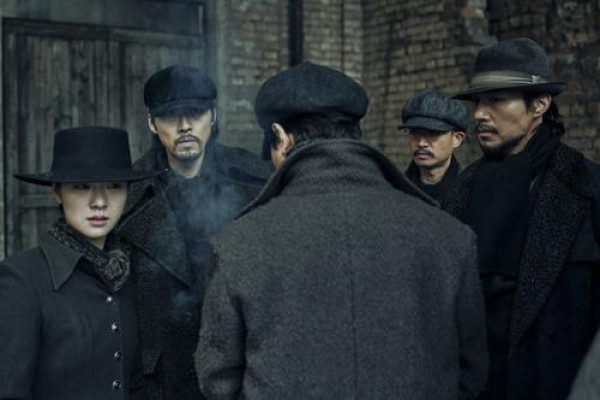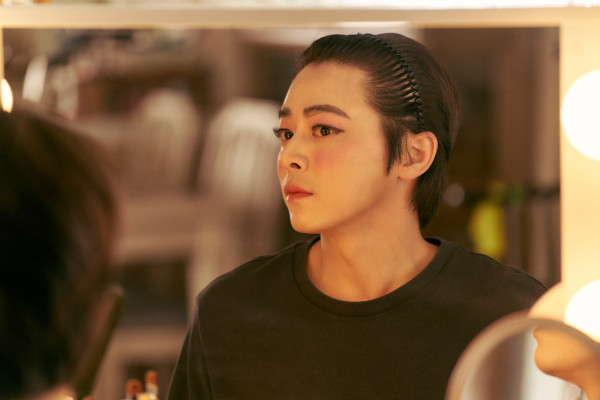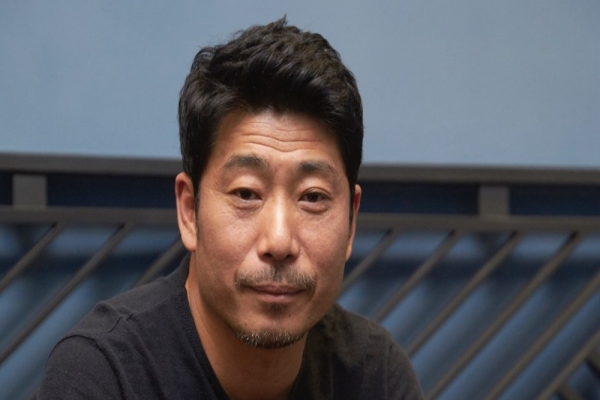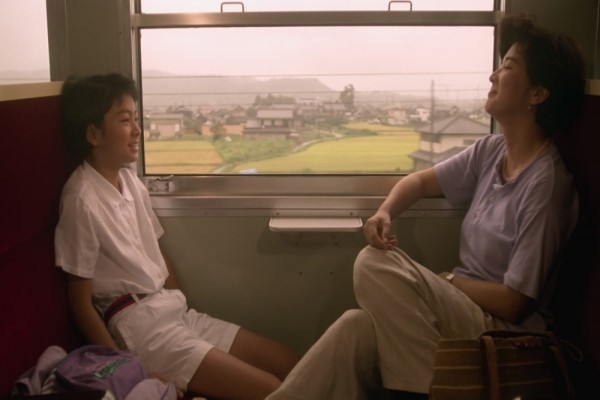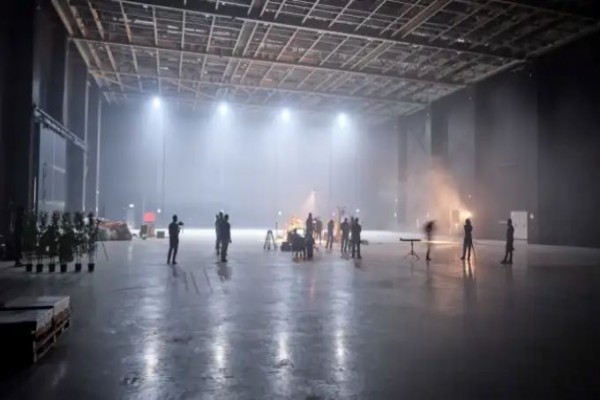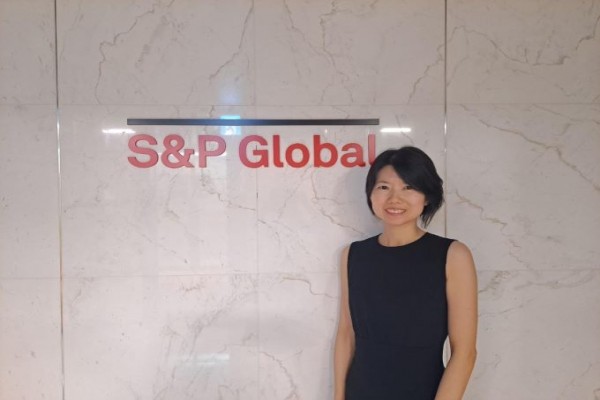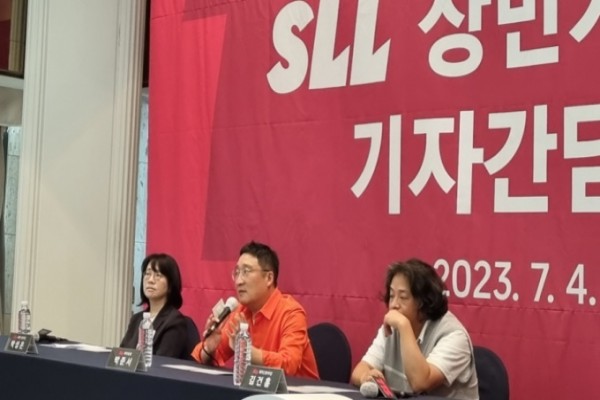130, Suyeonggangbyeon-daero,
Haeundae-gu, Busan, Republic of Korea,
48058
NEWS & REPORTS
Always on the Move - Location Shooting in Korean Films
Aug 24, 2020
- Writerby Pierce Conran
- View2814
Filmmakers Take Advantage of Korea’s Varied and Accessible Scenery





Moviemaking typically conjures up images of soundstages, but much of the time it also involves a lot of legwork, as productions need to move hundreds of people and truckloads of equipment from one place to the next for location shooting. On the high end of the scale, a film like this month’s Tenet spends hundreds of millions of dollars moving to locations around the globe, but mostly productions will stick to the same city or area. Somewhere in the middle, we have Korean productions, which tend to be very mobile and seldom limited by their narrative locations.
BONG Joon-ho’s Memories of Murder (2003) takes place in Hwaseong, a small town dominated by farmland in Gyeonggi Province, about 40km south of Seoul. However, for this seminal crime classic, Director BONG, along with his cast and production crew, spent six months touring the whole nation, shooting on location in cities as well as remote parts of provinces on the other side of the country, and capturing them in summer, fall and winter. The famous quarry scene was actually shot in Seoul, while the climactic scene by the mouth of the tunnel takes place at an abandoned tunnel near Jinju, all the way to the south of the country.

These days, productions don’t have quite the same flexibility as Director BONG did in 2003, as they generally shoot under tighter schedules and with stricter conditions, but even in today’s Korean film industry, it’s not unusual for productions to tour the country, even if their stories just take place in one area. This can be for any number of reasons, from practicality and convenience, to narrative or creative reasons. Thankfully, Korea is a nation with manifold sceneries and any two points in the country are never more than a few hours’ drive from one another.
No two productions are exactly the same, but as far as selecting locations go, this is normally a process that begins early in pre-production, once the main staff members for the project have been selected. Several meetings will take place early on, which will include the director’s department staff, led by the assistant director, and the production department staff, as well as the key members of various departments, including the art director and director of photography. As they go over the script, part of these meetings will entail the director transmitting to their staff what kind of locations they want to use, for anything not expected to be shot on a studio soundstage.
At this point, members of the production and/or directing department, perhaps in consultation with the art department, will go about drawing up a list of location candidates for particular scenes to be presented to the director. Sometimes, specific locations will be called for by the screenplay, other times the director or someone else on staff will have a specific idea in mind, but often times the search involves patience, research and outside consultation. It is generally the job of production assistants to scout locations and report back with their findings, but more specialized location managers are also used for major productions, who bring with them a database of useful locations and expertise that allows them to hone in on suitable locations more quickly than production assistants, who generally get on-the-job training from prior superiors and then themselves move on to different positions within a short time, without acquiring the same knowhow as a location manager.

Productions also often apply to regional film commissions, which are government bodies set up to aid productions taking place in their region. Cities like Seoul and Busan and provinces like Gyeonggi and Gangwon all have their own commissions, and these institutions can provide various services, such as helping with bookings and suggesting good locations as well as securing them. These commissions also provide certain location filming incentives, which can take on the form of production support or tax rebates.
However they’re come upon, the various location suggestions, which should meet the narrative and production needs of the project, and be available for shooting, will then be presented to the director later in pre-production. Large productions can move around the country fairly freely, but budget and scheduling requirements will have an impact on which locations will ultimately be selected. Of course, the director’s preference is also a major factor, and many filmmakers like to employ interesting locations that are not familiar to audiences, and thus may favor out-of-the-way locations that haven’t been used by productions in the past.
One recent example of a production set in the same general area yet utilized the whole country during its shoot was director JANG Joon-hwan’s June Democratization Movement drama 1987: When the Day Comes (2017). The film takes place in Seoul and follows several characters in the lead up to the student protests of early summer 1987 that led to the fall of Korea’s contemporary administration.

Some scenes are shot in Seoul, such as those around Yonsei University in the Mapo District, where KIM Tae-ri plays a student, but for other crucial Seoul-set scenes, a variety of other locations were used. Some, such as the Seosan neighborhood in Mokpo, in Southwest Korea, may have been selected to evoke the feeling of the 1980s, while others, like the Haeunjungsa Temple in Busan and the Chungmu Church in Tongyeong, are locations with a unique visual appeal. Chungmu Church is a particularly interesting location, with its stain-glass windows providing memorable and variegated lighting during a climactic scene when KIM Yun-seok’s commissioner tries to track down SUL Kyung-gu’s activist leader.
Other times, the requirements of the script themselves will demand for locations to be around the country. A good example for that would be KANG Woo-suk’s period drama The Map Against the World (2016). In this film, CHA Seung-won plays a man who draws up the first map of Joseon, which brings him on a tour of Korea. Along the way he stops at some of the country’s most picturesque areas, such as Heaven Lake on Mt. Baekdusan, which straddles the border between North Korea and China, Mt. Hwangmaesan in South Gyeongsang Province, Dalkmeoleu Trail on Jeju Island or the Andong Hahoe Folk Village in North Gyeongsang Province.
There are always new locations to discover, but for some Korean filmmakers, the desire to show Korean audiences something new has led them to seek out new pastures. This may explain in part the current trend for blockbusters shooting overseas. Europe and North America have been seen occasionally, in films like Daisy (2006), The Berlin File (2013), Late Autumn (2010) and No Tears for the Dead (2014), but big productions are now mobilizing en masse to new areas such as Colombia (Bogota), Morocco (Mogadishu) and Jordan (Negotiation - working title). Meanwhile, the summer’s biggest hit, DELIVER US FROM EVIL was shot in Japan and Thailand.






















